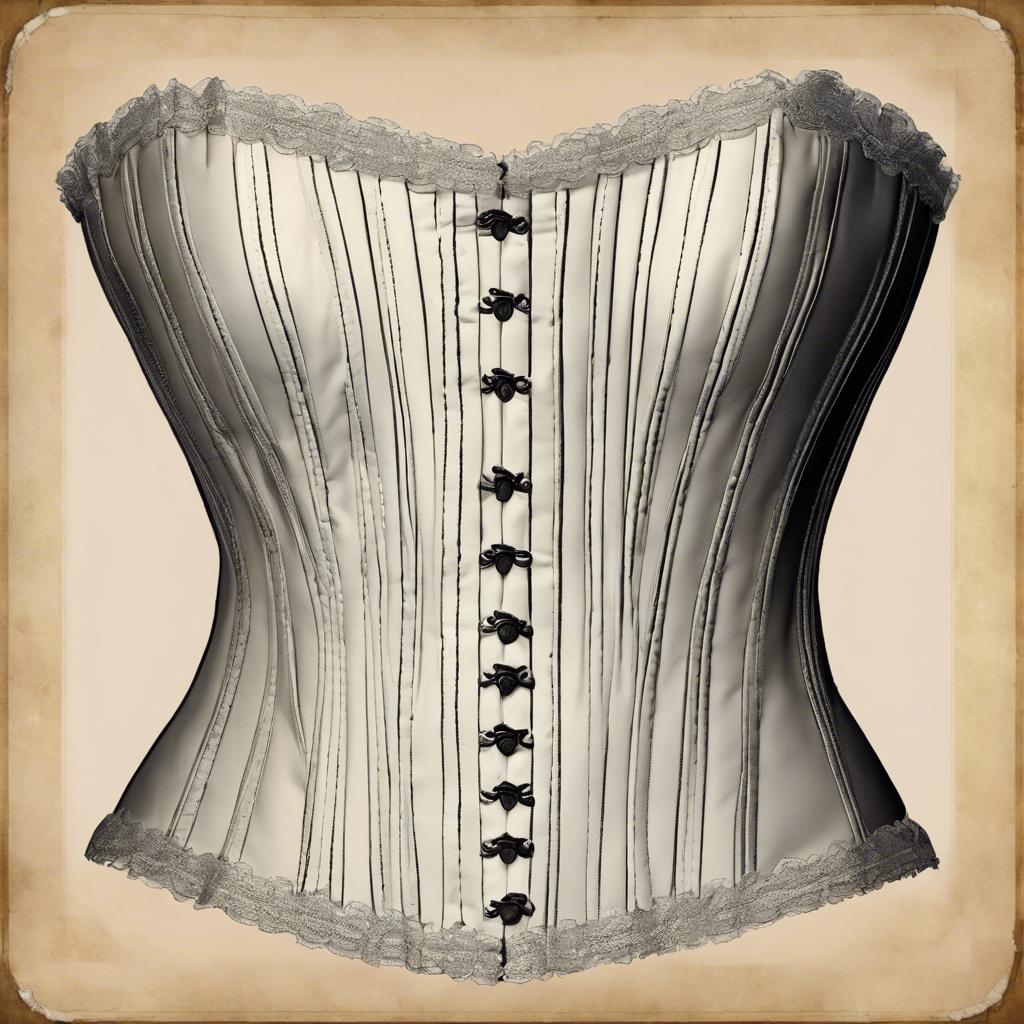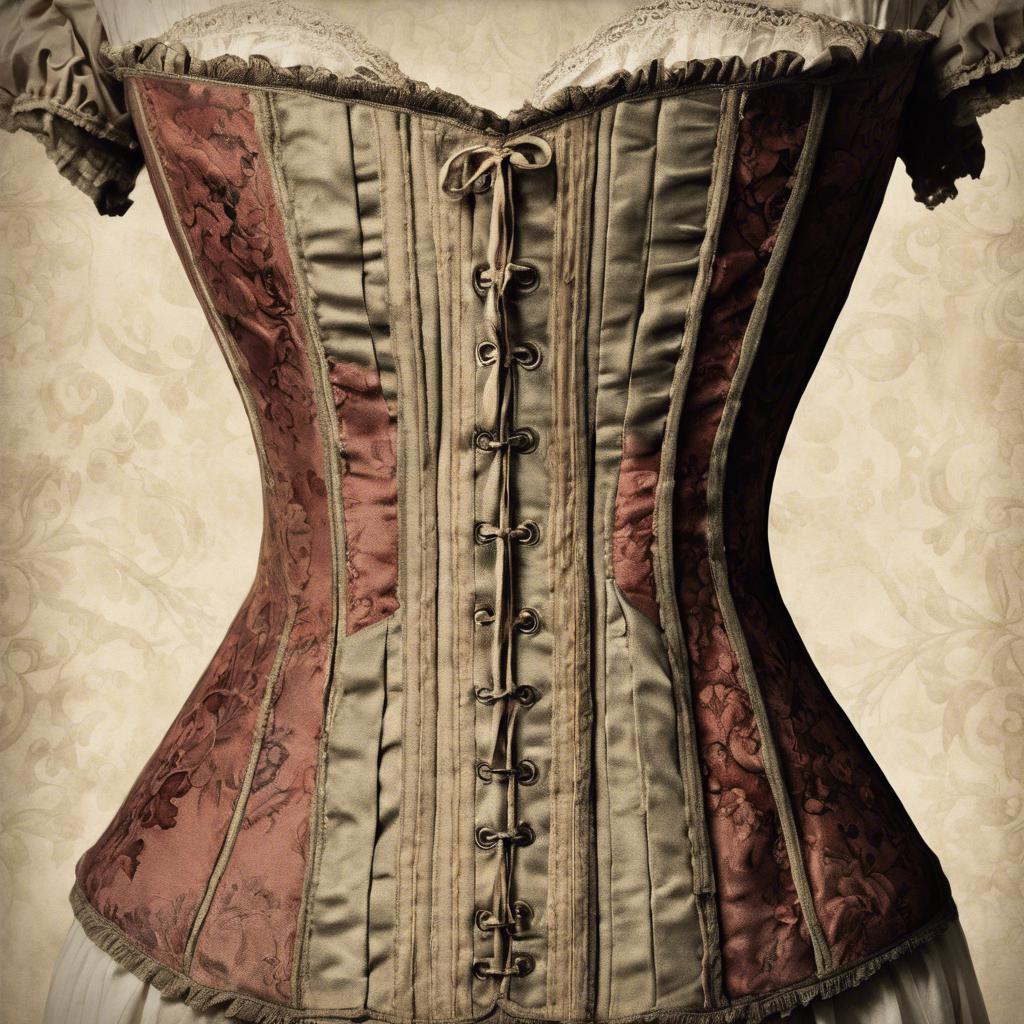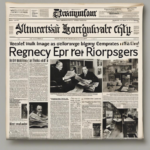During the Regency Era, fashion played a pivotal role in regency era alcohol”>shaping societal norms and expectations. One key element of women’s attire during this time was the corset, a garment that served both practical and aesthetic purposes. As we delve into the intricate world of Regency era corsetry, we unravel the layers of significance and influence that this undergarment held in shaping women’s silhouettes and society itself. Join us on a journey through time as we explore the evolution, construction, and impact of the Regency era corset.
Step Into the World of Cheryl Bolen
Dive into the enchanting stories of love, intrigue, and elegance set in the Regency Era. Cheryl Bolen's novels offer timeless romance and captivating tales that will leave you wanting more.
Explore Cheryl Bolen's Books Now
Anatomy of a Regency Era Corset: Construction and Materials
In the Regency Era, corsets were essential undergarments worn by women to achieve the fashionable silhouette of the time. The construction of a Regency Era corset involved intricate details and a variety of materials. These corsets were meticulously crafted to provide both support and structure to the wearer’s figure.
The boning of a Regency Era corset was typically made from materials such as whalebone or reed. These boning materials were inserted into channels sewn into the fabric of the corset to help maintain the desired shape. The busk, a long flat piece of rigid material often made of wood or metal, was used at the center front of the corset to provide additional support and stability.
The outer fabric of a Regency Era corset was often made from sturdy materials such as cotton or silk. The corset would be lined with a softer fabric such as linen for added comfort. Eyelets or grommets were used along the back of the corset for lacing, allowing the wearer to adjust the fit to their liking. The intricate construction and materials used in Regency Era corsets exemplify the attention to detail and craftsmanship of the time.
The Role of Corsets in Regency Fashion: Silhouettes and Designs
During the Regency era, corsets played a crucial role in shaping women’s silhouettes and defining the fashionable aesthetic of the time. These undergarments were not only designed to provide support and structure to the wearer’s figure but also to achieve the desired slim-waisted look that was popular in the early 19th century.
Regency era corsets were typically made from sturdy materials such as cotton or silk, reinforced with whalebone or metal boning for added support. The designs of these corsets varied, ranging from simple and utilitarian styles for everyday wear to more ornate and decorative pieces for formal occasions.
Corsets were essential in creating the fashionable empire silhouette, with a high waistline just below the bust and a long, flowing skirt. They were often embellished with lace, ribbon, and intricate embroidery to add a touch of elegance to the overall look.
Maintaining Authenticity in Regency Era Corset Reproductions
In order to maintain authenticity in Regency Era corset reproductions, it is essential to pay attention to the materials used. Historically, corsets from this era were commonly made from lightweight fabrics such as cotton or linen, with boning made from cane, whalebone, or steel. Utilizing these materials in modern reproductions can help achieve a more accurate representation of the fashion of the time.
Another key element in creating authentic Regency Era corset reproductions is the construction and shape of the garment. Corsets from this era typically featured a conical shape, with a focus on creating a smooth, elongated torso. This silhouette was achieved through strategically placed boning and lacing techniques. Ensuring that these design elements are accurately replicated in reproductions is crucial to capturing the essence of the Regency fashion.
Additionally, attention to detail is paramount when recreating Regency Era corsets. From the placement of grommets for lacing to the intricacies of decorative stitching, every aspect of the corset should be meticulously crafted to reflect the craftsmanship of the time period. By paying close attention to these details, modern reproductions can authentically capture the charm and elegance of Regency Era fashion.
Recommendations for Proper Wear and Care of Regency Era Corsets
When wearing a regency era corset, it is essential to ensure that it is properly fitted to your body. A well-fitted corset should provide support and shape without causing discomfort or restricting breathing. To achieve the perfect fit, consider consulting with a skilled corset maker who can tailor the garment to your specific measurements.
It is recommended to season your corset before wearing it for extended periods. This process involves gradually breaking in the corset by wearing it for short periods each day and gradually tightening the laces over time. By allowing the corset to conform to your body shape slowly, you can prevent damaging the fabric and ensure a comfortable fit.
Proper care is crucial in maintaining the longevity of your regency era corset. To clean the garment, it is best to spot clean with a damp cloth and mild soap. Avoid machine washing or submerging the corset in water, as this can cause damage to the delicate materials. Additionally, store your corset flat or hanging with the laces loosened to prevent distortion of the garment’s shape.
Concluding Remarks
the regency era corset was a staple garment of the fashion landscape during the early 19th century. From its intricate construction to its significant impact on shaping the female silhouette, the corset played a crucial role in defining the sartorial standards of the time. Though controversial and often restrictive, the regency era corset remains a fascinating artifact of history, showcasing the complexities of fashion and society during this period. As we look back on this era, we can appreciate the enduring legacy of the corset and its enduring influence on fashion and culture.


